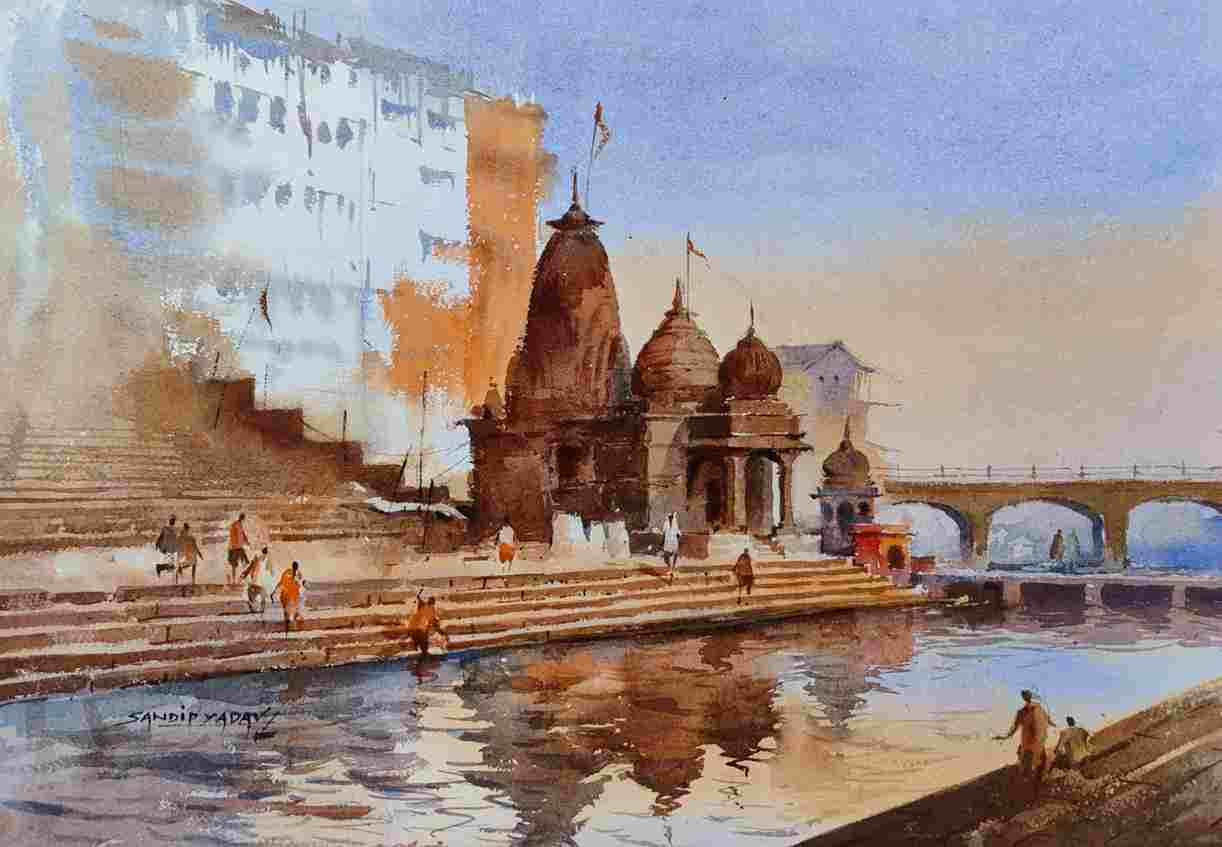Emotional Memory Art: The Intersection of Photography and Emotion
Emotional memory art is a fascinating concept, especially for those of us who wield the camera as our brush and the world as our canvas. It's a realm where visual storytelling meets the profound depths of human emotion, creating a bridge between the tangible and the intangible. As professional photographers, we are not just capturing images; we are preserving emotions, memories, and the essence of the moment. In this article, we will delve into the nuances of emotional memory art, exploring how it can enhance your photography and bring your work to life.

Understanding Emotional Memory Art
At its core, emotional memory art is about evoking emotions through visual stimuli. When you capture a photograph, you're not just documenting a scene; you're creating a narrative that resonates with the viewer on an emotional level. This concept can transform a simple photograph into a powerful piece of art that tells a story and evokes a response. The challenge lies in harnessing the emotional power of a moment and translating it into a visual format.
Photographers often draw inspiration from various sources to infuse their work with emotional depth. For instance, the interplay of light and shadow can evoke feelings of nostalgia or melancholy. Similarly, the choice of color palette can influence the viewer's emotional response. To explore how color can affect your work, you might find inspiration in winter tones in wall decor.
The Role of Memory in Art
Memory plays a crucial role in art, particularly in emotional memory art. Photographs have the unique ability to trigger memories, both for the photographer and the viewer. This connection between memory and art can be a powerful tool for creating impactful photography. By tapping into your own memories and experiences, you can infuse your work with authenticity and emotional resonance.
Consider how the concept of memory can enhance your photography. Think about the moments that have left a lasting impression on you and how you can capture that essence in your work. A great example of this is how art inspired by old letters can bring a sense of history and nostalgia to your photographs.
Techniques for Capturing Emotion
To effectively capture emotion in your photography, it's essential to understand the techniques that can enhance your work. Here are a few strategies to consider:
Lighting and Composition
Lighting is a critical element in creating mood and emotion in photography. The way light interacts with your subject can dramatically alter the emotional impact of an image. Soft, diffused light can create a serene and calming atmosphere, while harsh, direct light can evoke tension and drama. Composition also plays a crucial role in directing the viewer's attention and eliciting an emotional response.
Color and Contrast
Color is a powerful tool for evoking emotions. Warm colors like reds and oranges can convey warmth and passion, while cool colors like blues and greens can evoke tranquility and introspection. Experimenting with color contrast can also add depth and complexity to your images, enhancing their emotional impact.
Subject Matter
The subjects you choose to photograph can significantly influence the emotional tone of your work. Capturing candid moments, expressions, and interactions can create a sense of intimacy and connection with the viewer. Think about the stories you want to tell and how your subjects can help convey those narratives.
Inspiration from Other Artists
Drawing inspiration from other artists can be invaluable in developing your own style and approach to emotional memory art. Consider exploring the work of artists who specialize in capturing emotion and memory in their art. A great resource for inspiration is the article 10 artists to inspire your travel illustration journal, which showcases artists whose work resonates with emotion and narrative.
Another insightful read is the blog post on how travel can influence your art choices, which explores how experiences and memories from travel can enrich your artistic expression.
Conclusion
In the world of photography, emotional memory art offers a unique opportunity to create work that transcends the ordinary and resonates deeply with viewers. By understanding the interplay between emotion, memory, and art, you can elevate your photography to new heights. Whether you're capturing a fleeting moment or telling a profound story, the art of evoking emotion through photography is a skill worth mastering.
As you continue your journey in photography, remember to embrace the emotions and memories that make your work truly exceptional. For more insights and inspiration, visit the large wall art for living room blog post, which offers ideas for showcasing your emotional art at home.

FAQs
What is emotional memory art?
Emotional memory art is a form of art that combines visual storytelling with emotional and memory triggers to create impactful and resonant artwork.
How can photographers incorporate emotional memory art into their work?
Photographers can incorporate emotional memory art by focusing on capturing authentic moments, using lighting and composition to enhance mood, and drawing inspiration from personal experiences and memories.
Why is emotional memory important in photography?
Emotional memory is important in photography because it allows photographers to connect with viewers on a deeper level, creating images that evoke feelings and resonate long after they've been viewed.

